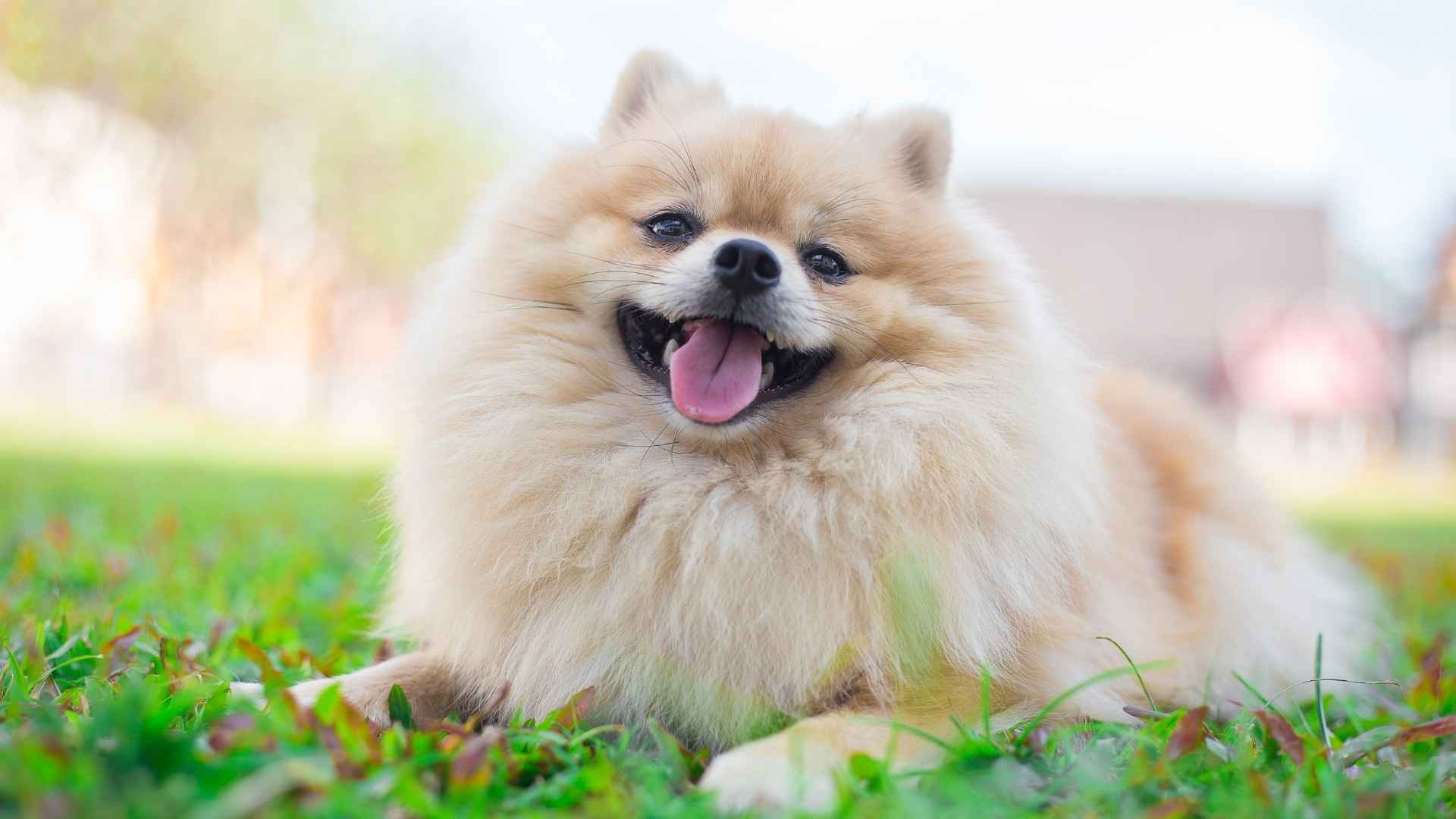Do you know that over 42% of dog owners say their pet has “main character energy,” as per a survey? That’s right—dogs with flair, emotion, and a tendency to make everything about them. Whether it’s fake limps for attention or Oscar-worthy sighs when ignored, some breeds are born to perform.
These aren’t your average laid-back pups. They demand the spotlight, relish in dramatic expressions, and will absolutely let you know if dinner is late by a minute. But with drama comes entertainment—life with these dogs is never dull.
In this article, we’ll explore dog breeds that are most dramatic. From howls of protest to exaggerated reactions, these canine divas turn ordinary moments into episodes of a show only they star in.
Dog Breeds That Are Dramatic
1. Siberian Husky
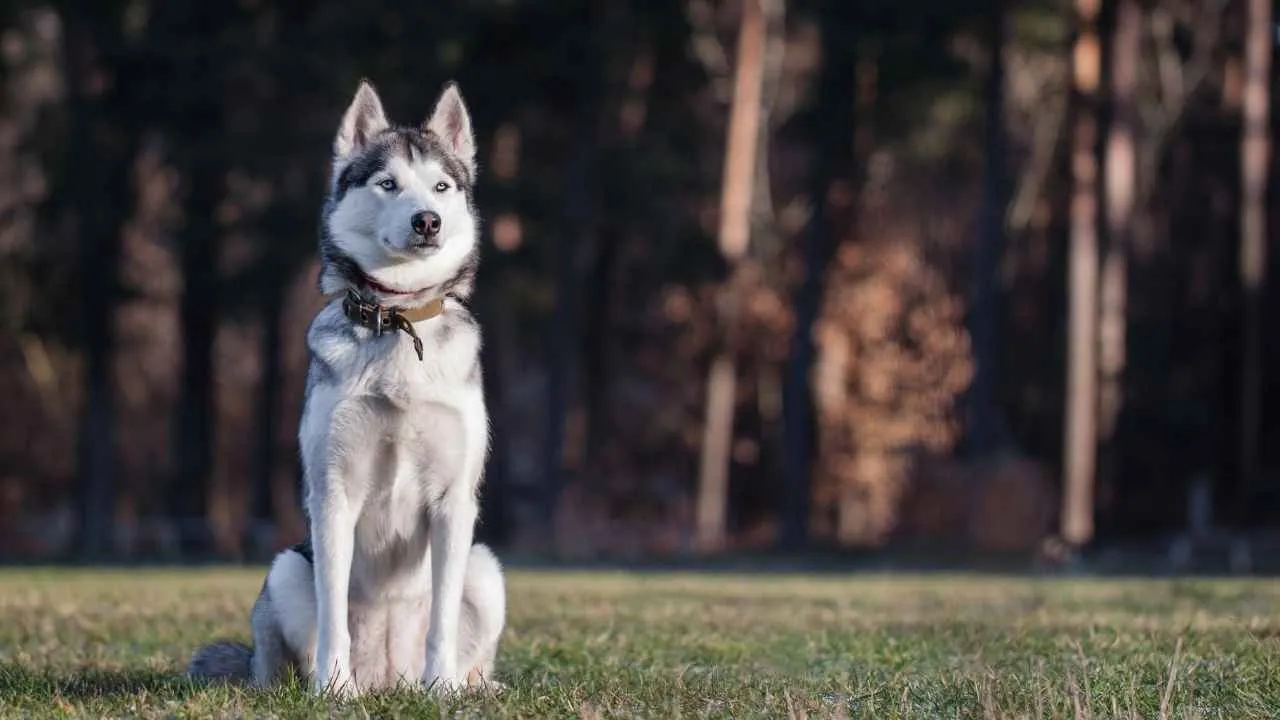
Siberian Huskies often respond to commands with drawn-out howls, grumbles, and sighs that seem intentionally timed. They aren’t naturally quiet dogs and will often vocalize through the entire grooming or feeding routine, as per WebMD. The tone and pitch vary depending on their mood and surroundings.
Expressive Faces, Wild Reactions
Their facial expressions shift quickly, from narrowed eyes during discipline to exaggerated yawns during training. Tasks like brushing or cleaning paws often result in full-body resistance and high-pitched complaints. These dramatic reactions are part of how they interact with daily life.
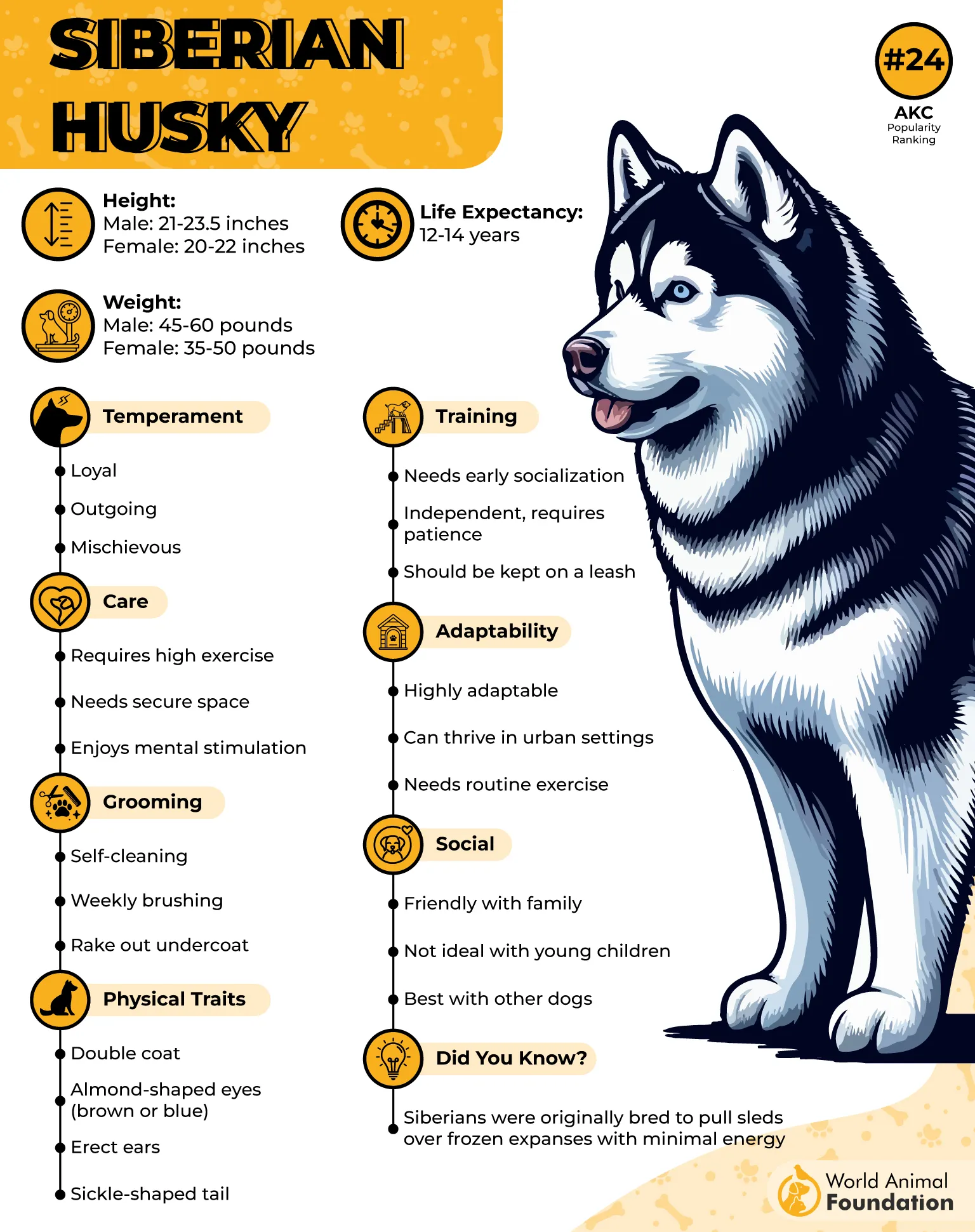
Comedians With a Flair
They carry huge personalities, often exaggerating even the simplest moments like being called inside or hearing the leash. Instead of following, they may stall, stretch, or flop on the ground in protest. These actions aren’t accidental—they’re part of their behavioral patterns.
Naturally Theatrical Temperament
This breed tends to exaggerate discomfort or boredom through pacing, whining, or sudden exaggerated gestures. If their routine changes, their reaction is often loud and persistent. Their responses aren’t subtle—they communicate with full-body language and constant motion.
2. Dachshund

Dachshunds often respond loudly to any break in routine, whether it’s a new guest, moved furniture, or changed feeding time. Their sensitivity to the environment makes them prone to vocalizing discomfort or pacing with exaggerated concern. It’s an alert system with emotional layers attached.
Known for Stubborn Performances
According to the AKC, originally bred for badger hunting, their independence shows in how they dig in—literally and figuratively—when they don’t agree. Refusing to walk mid-leash or standing their ground at the doorway are common forms of protest. These dramatic displays are frequent, not occasional.
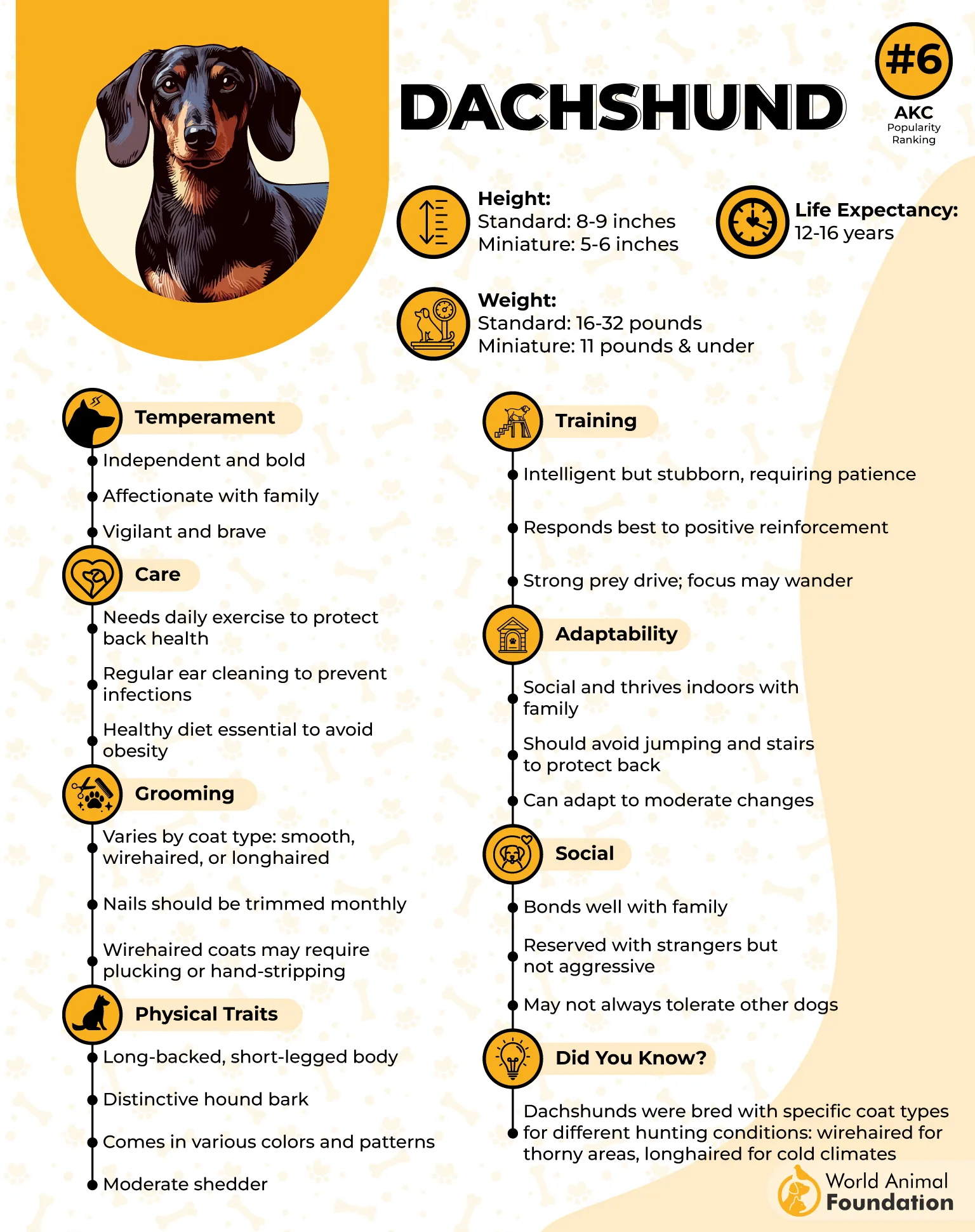
Vocal and Theatrical Protesters
They have expressive personalities that often turn commands into negotiations, complete with prolonged eye contact and stubborn pauses. A simple “come here” might result in spinning in circles, growling under their breath, or walking the opposite way. Each interaction feels uniquely calculated.
Dramatic by Design
The breed’s dramatic nature is often amplified by their long, low frame, which makes sudden flops, rolls, or exaggerated body language even more noticeable. Even routine nail trims can involve yelps before the clippers touch them. It’s physical comedy rooted in strong opinions.
3. Chihuahua
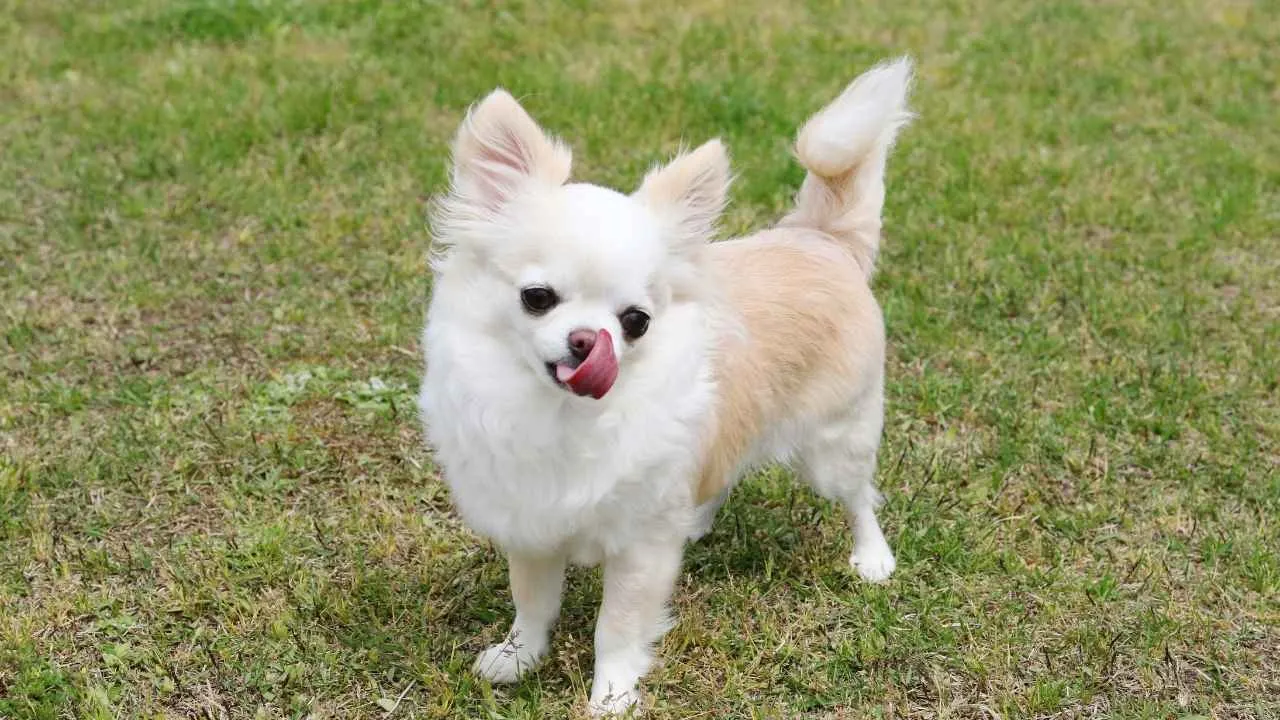
Chihuahuas are known to overreact to even minor discomfort or confusion, often with sharp body turns or side-eyes. A gentle shift in routine, like someone else feeding them, can lead to visible sulking. They’re easily offended and don’t hide it.
Loud Opinions in a Small Frame
They carry a reputation for non-stop barking, especially when hearing unfamiliar sounds or seeing fast movements, as PetMD stated. They react quickly and often overcorrect, sometimes barking even after the “threat” is gone. It’s not nervousness—it’s emotional volume.
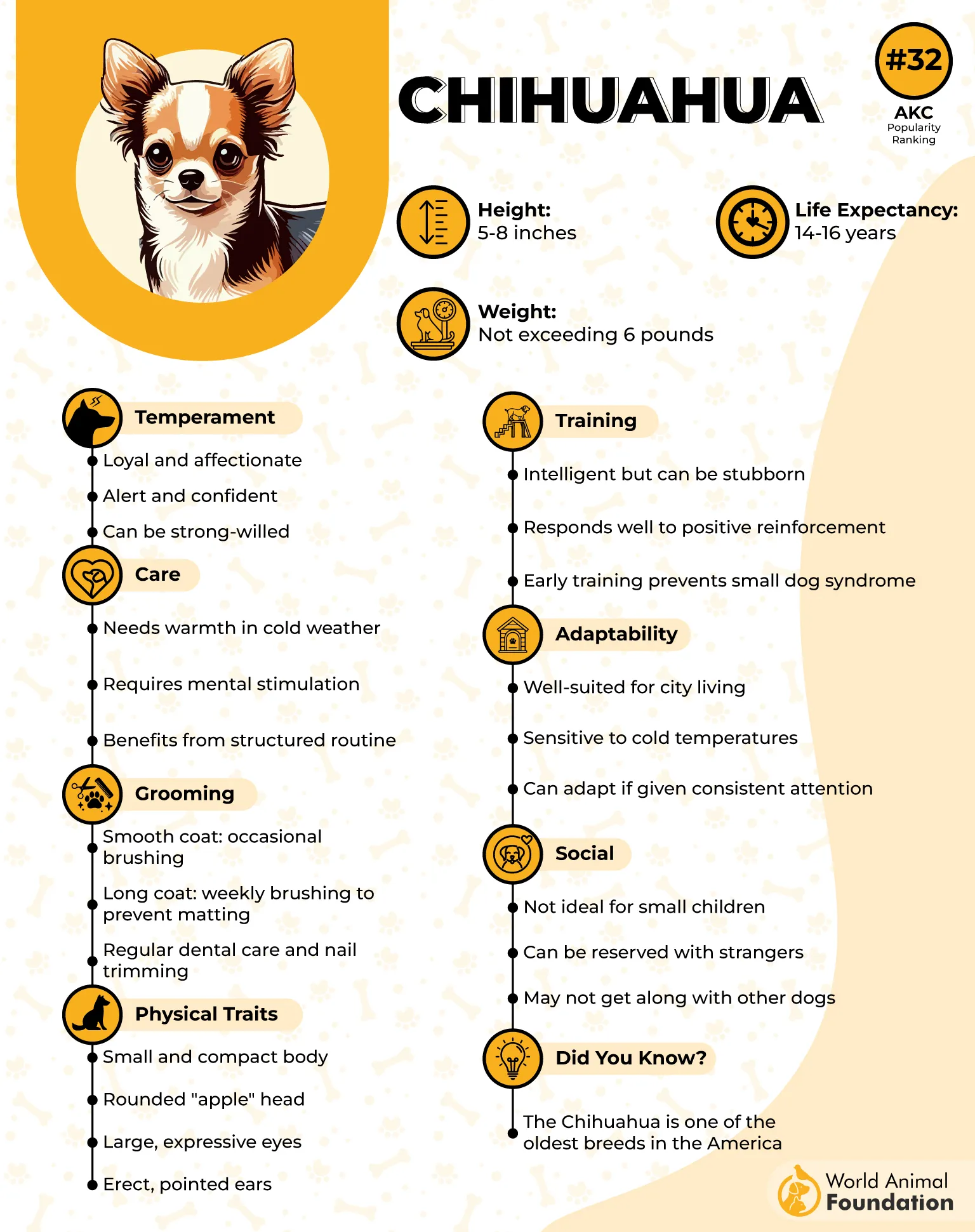
Built-In Sass and Suspicion
This breed shows selective affection and can reject people with exaggerated gestures—jerking away, turning their back, or giving direct glares. Their attitude toward new pet introductions is rarely neutral and often full of visible drama. They tend to hold grudges longer than expected.
Bigger Than Life in a Small Body
Despite being small dogs, their reactions often resemble a personality three times their size. A nail trim can become a theatrical episode with squirming, squealing, and visible pouting afterward. Their temperament shows bursts of drama that seem almost rehearsed.
4. Pug
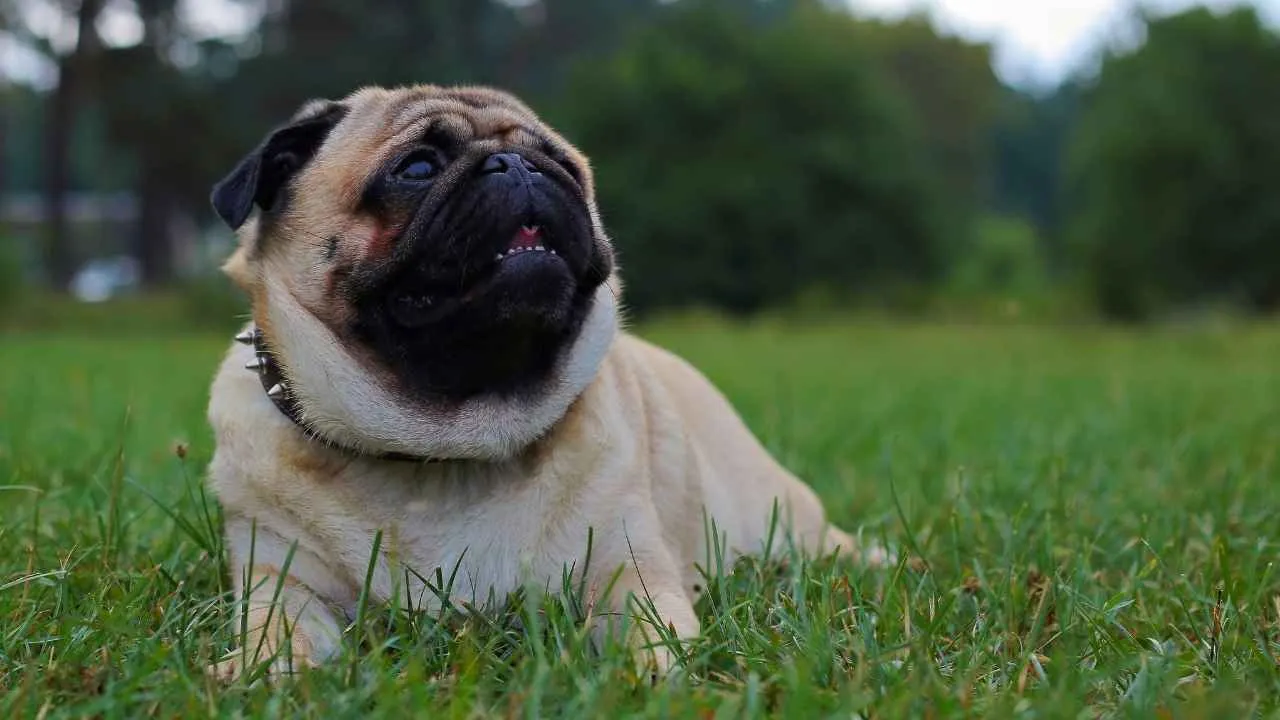
Pugs are known for turning everyday situations into dramatic events, whether it’s a delayed treat or an unfamiliar sound. Their entire body gets involved: tilted heads, slow blinks, or rapid snorts paired with heavy sighs. These are not subtle gestures—they’re loud and physical.
Facial Drama That Reads Like a Script
With their flat muzzles and wide-set eyes, Pugs naturally exaggerate emotions—sadness, jealousy, or confusion. A missed cuddle can lead to sulking under furniture, while praise might trigger zoomies in tight circles. Their expressions often feel like direct responses to the actions of humans around them.
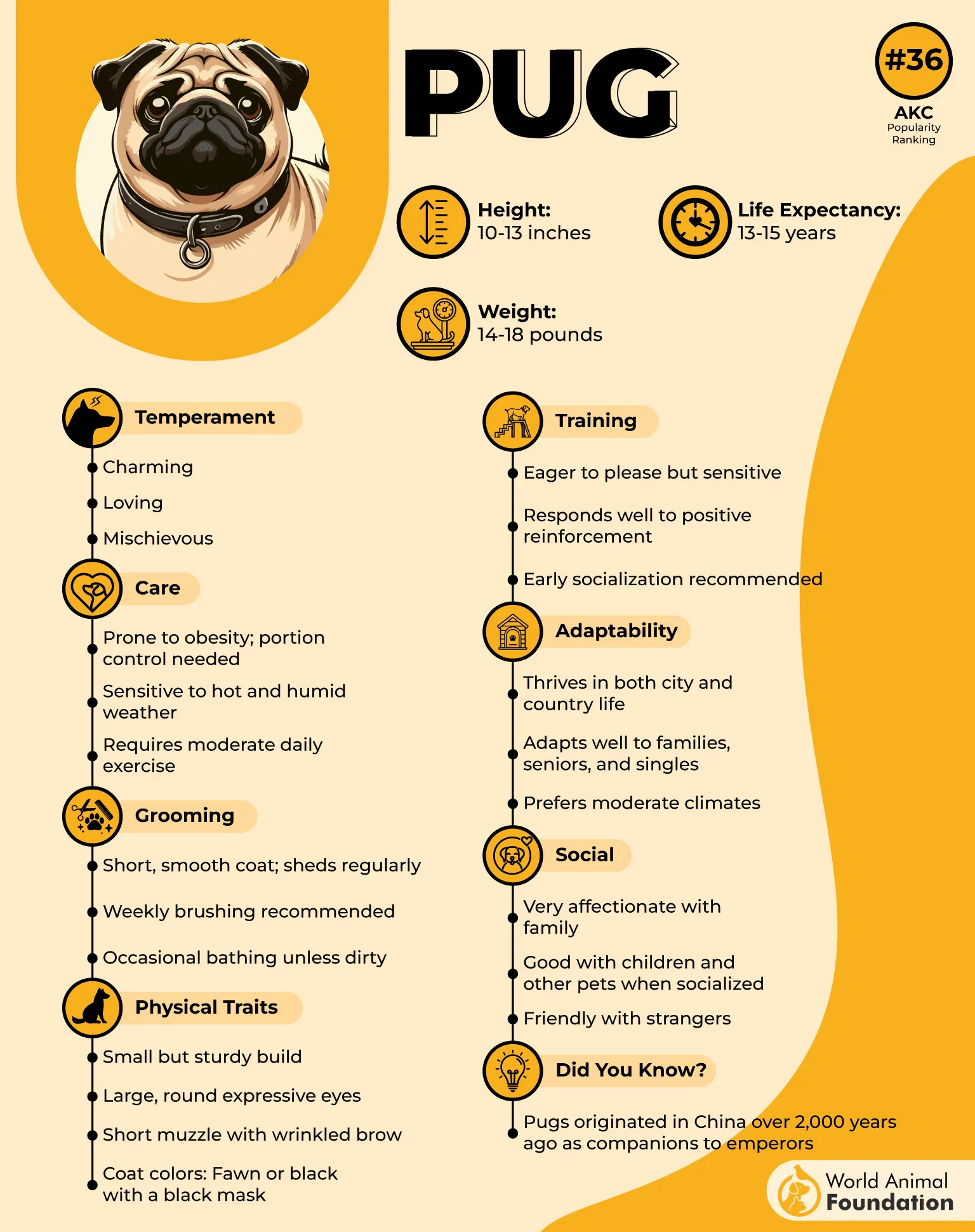
Bursts of Energy and Loud Protests
Despite their compact size, they can burst with excitement that shifts into complaint just as fast. A doorbell might bring tail-wagging chaos, but being picked up afterward can lead to deep growls or grumbling snorts. Their behavior pivots quickly and loudly, reflecting their mood with no filter.
Born Performers in Social Settings
Originally bred as companion dogs for Chinese royalty, Pugs developed strong social sensitivity, especially toward tone and attention. They often exaggerate responses if ignored, sometimes faking a limp or refusing to move. In a room full of people, they aim to be the center of the world.
5. Pomeranian
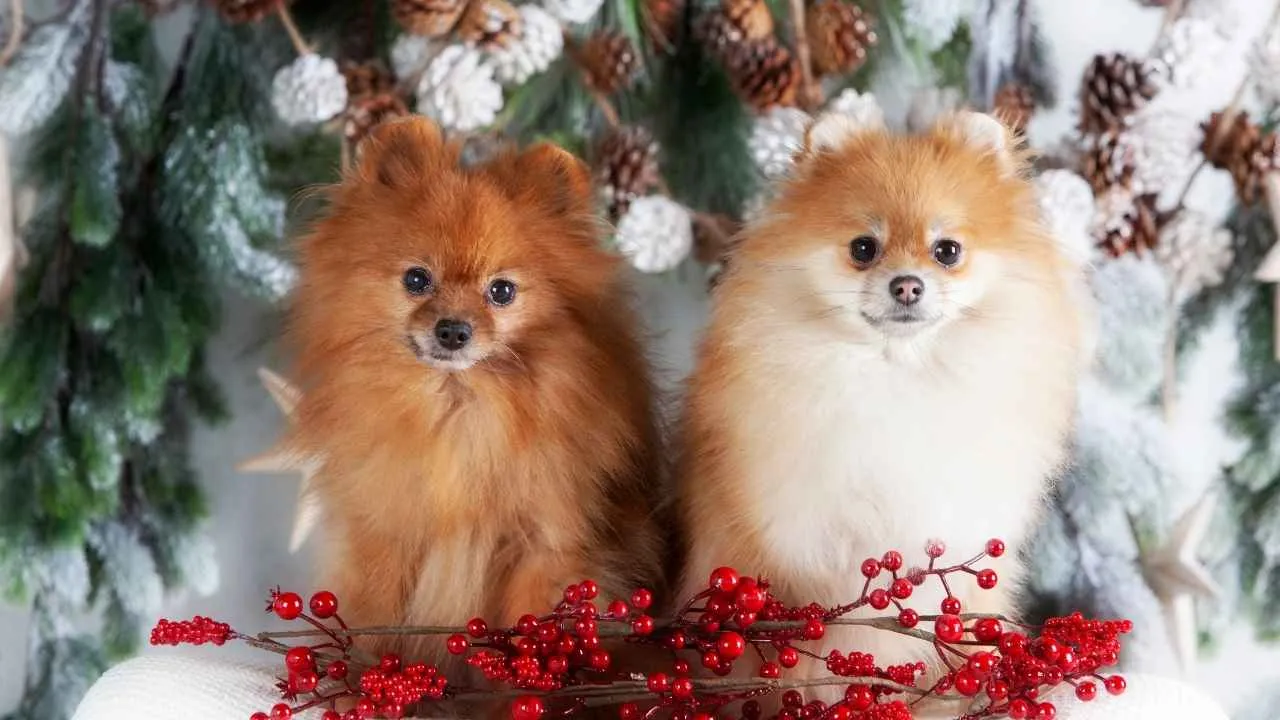
Pomeranians are highly reactive and carry an exaggerated sense of alertness that can escalate quickly. A dropped object, a sudden movement, or someone passing by the window can trigger a full-scale vocal outburst. Their response often feels disproportionate to the actual event.
Melodramatic Body Language
Their tail flicks, head tosses, and sudden freezes are often used to signal disapproval or demand attention. If they’re ignored, they may stomp tiny paws or give prolonged side-eyes from a distance. These visual cues are part of how they express emotion.
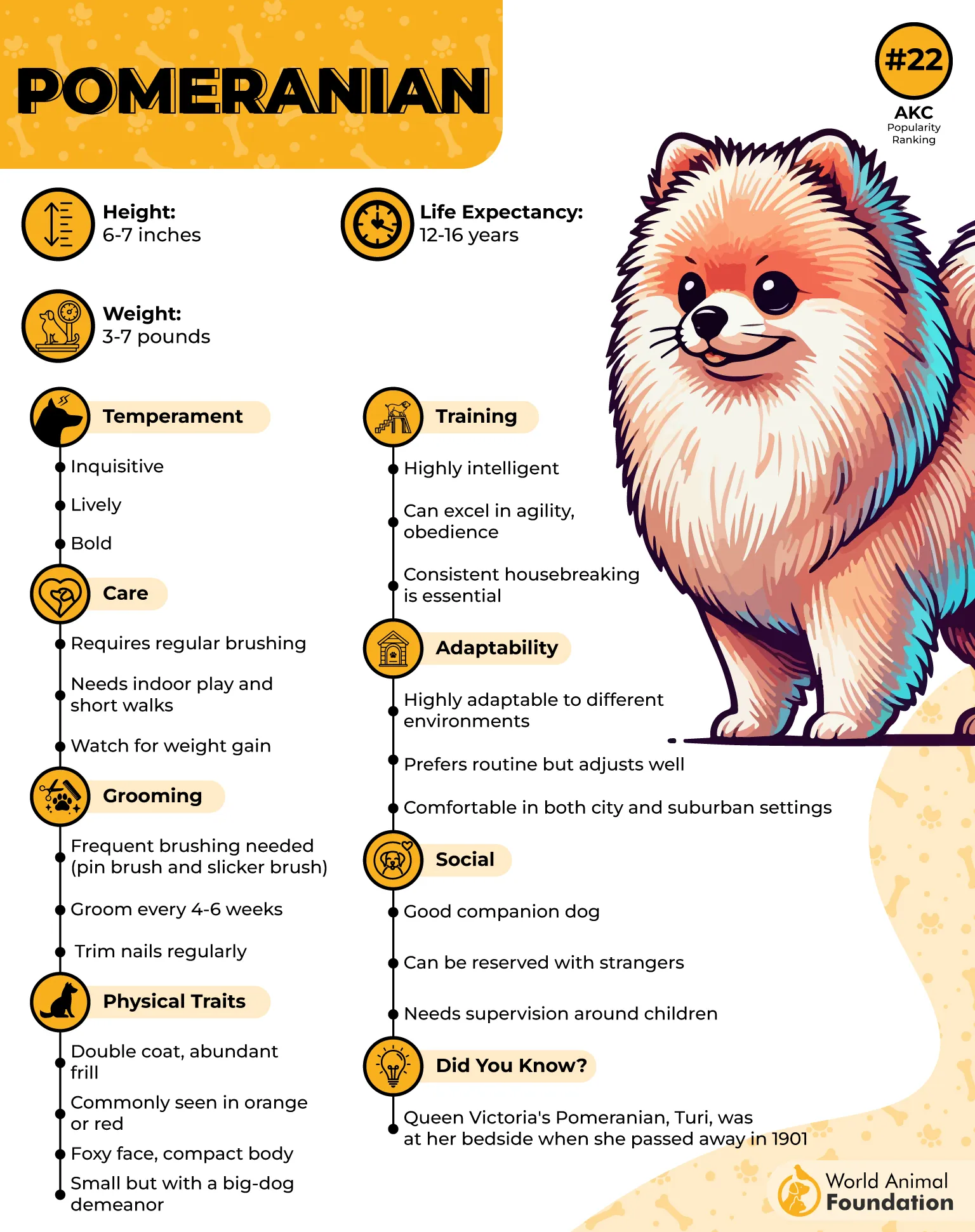
Selective Obedience with Flair
They’re known to pause mid-command, assess who’s watching, and respond with either precision or complete disregard. This unpredictability adds to their entertaining nature, especially when they perform half-sits or pretend not to hear familiar cues. The behavior is deliberate, not confused.
Historic Confidence and Expression
Queen Victoria owned a particularly small Pomeranian named Marco, whose confident demeanor made the compact size fashionable, as per Pomeranian Headquarters. That royal association lines up with how most canines of this breed carry themselves—chest out, alert ears, and theatrical responses to minor disruptions.
6. French Bulldog
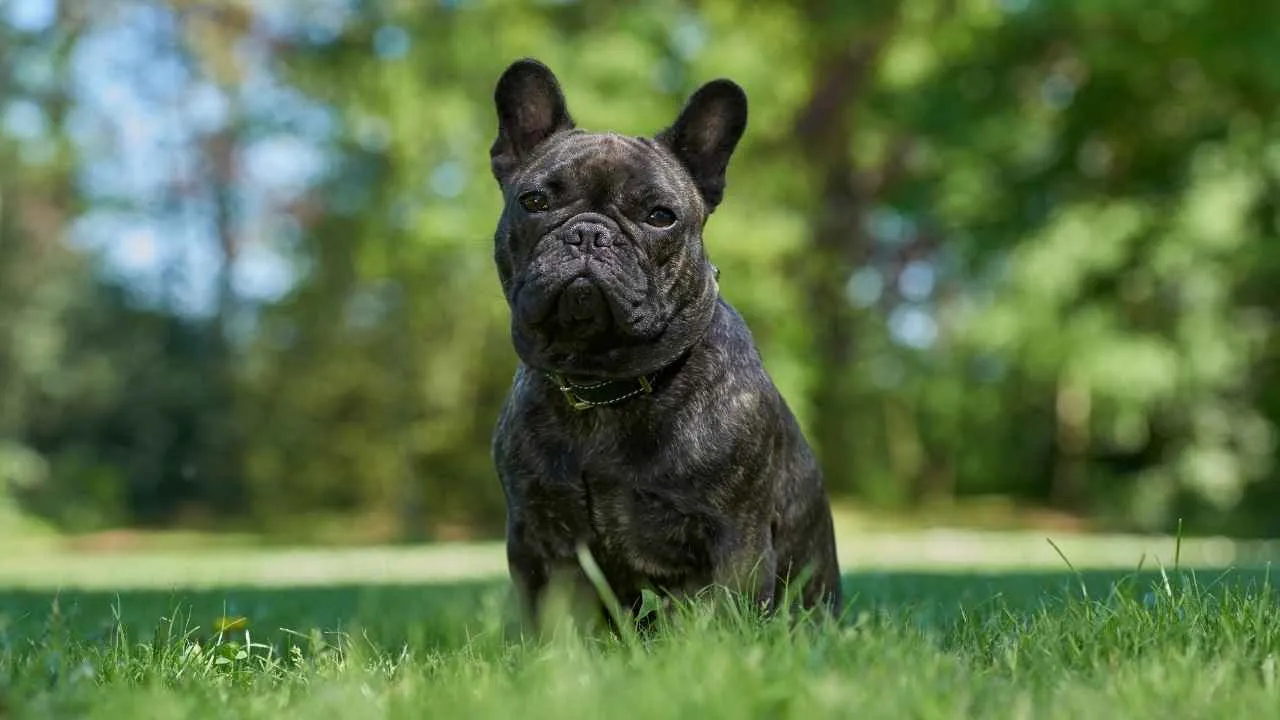
French Bulldogs are quick to show disapproval through side-eyes, slow blinks, and loud huffs when routines shift. They may freeze mid-walk if it’s too hot or too cold, then stare until someone adjusts. It’s not defiance—it’s sensitivity to comfort levels.
Theatrical Body Language
They often throw their weight into reactions, like dramatically collapsing when picked up or sliding onto their backs during belly rub refusals. Their stubby legs add to the flair when they drag themselves across the floor in protest. These gestures are precise and often repeated.
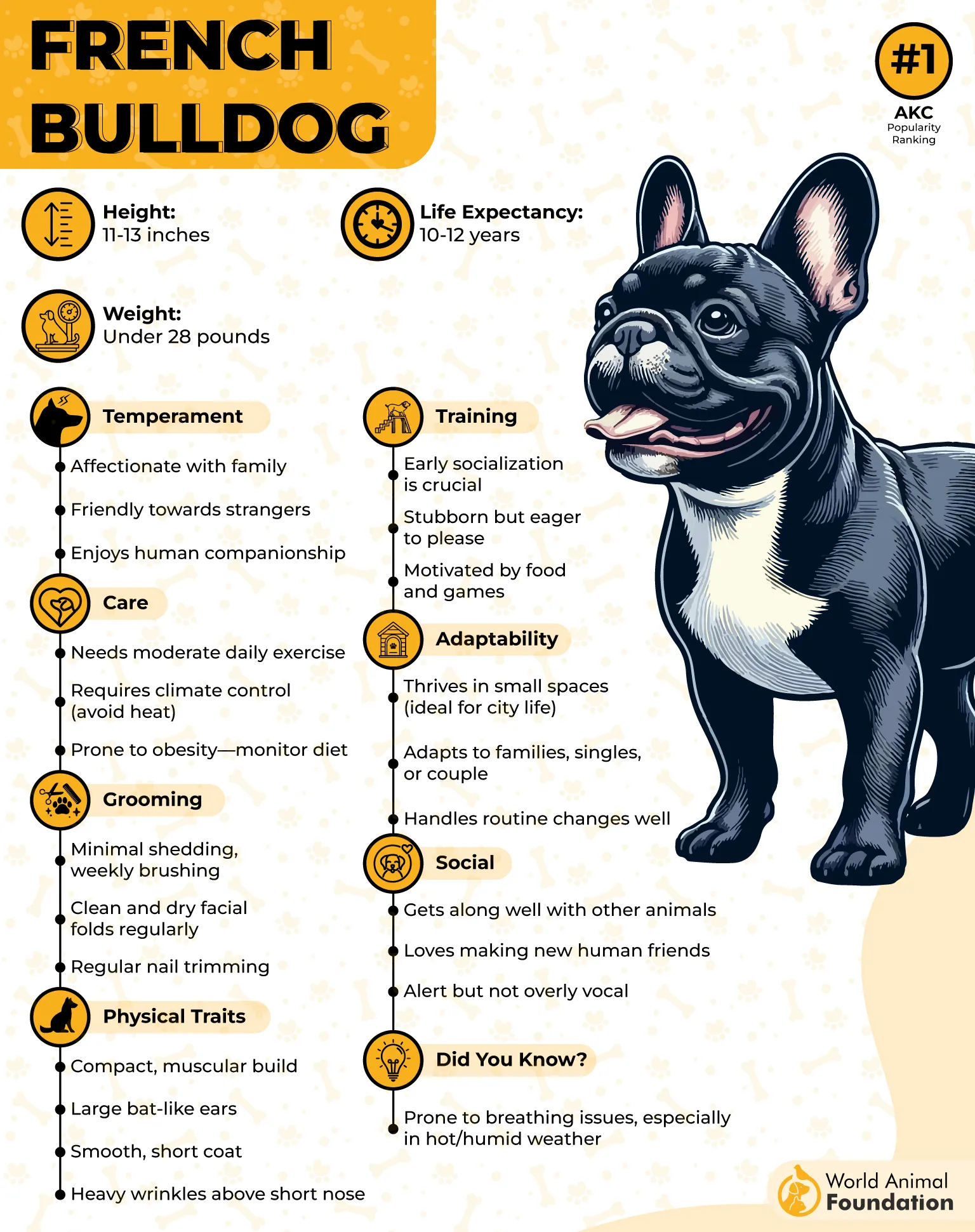
Reactions That Spark Laughter
Even minor scoldings can prompt full sulking, complete with turned backs and lowered heads. Their soulful eyes amplify these expressions, making even a minor grudge look deeply emotional. They don’t just listen—they seem to absorb every word and respond with exaggerated subtlety.
Naturally Tuned Into Human Energy
French Bulldogs are highly attuned to tone and mood, often reacting before commands are fully spoken. If laughter breaks out in the room, they’ll often sprint toward it or bark as if they’re part of the conversation. This sensitivity creates moments of pure joy, especially in busy households.
7. Beagle

Beagles are known for their sharp, carrying bay—originally used to alert hunters, but now often triggered by anything from a doorbell to a delayed meal, as per the AKC. Their persistence with sound is consistent and purposeful. The intensity rarely matches the situation.
Expressive Reactions to Routine
This breed doesn’t handle delays or changes in routine quietly. A missed walk or late breakfast can lead to howling fits and repeated pacing. Their dramatic vocal habits aren’t occasional—they’re deeply tied to their behavioral wiring.
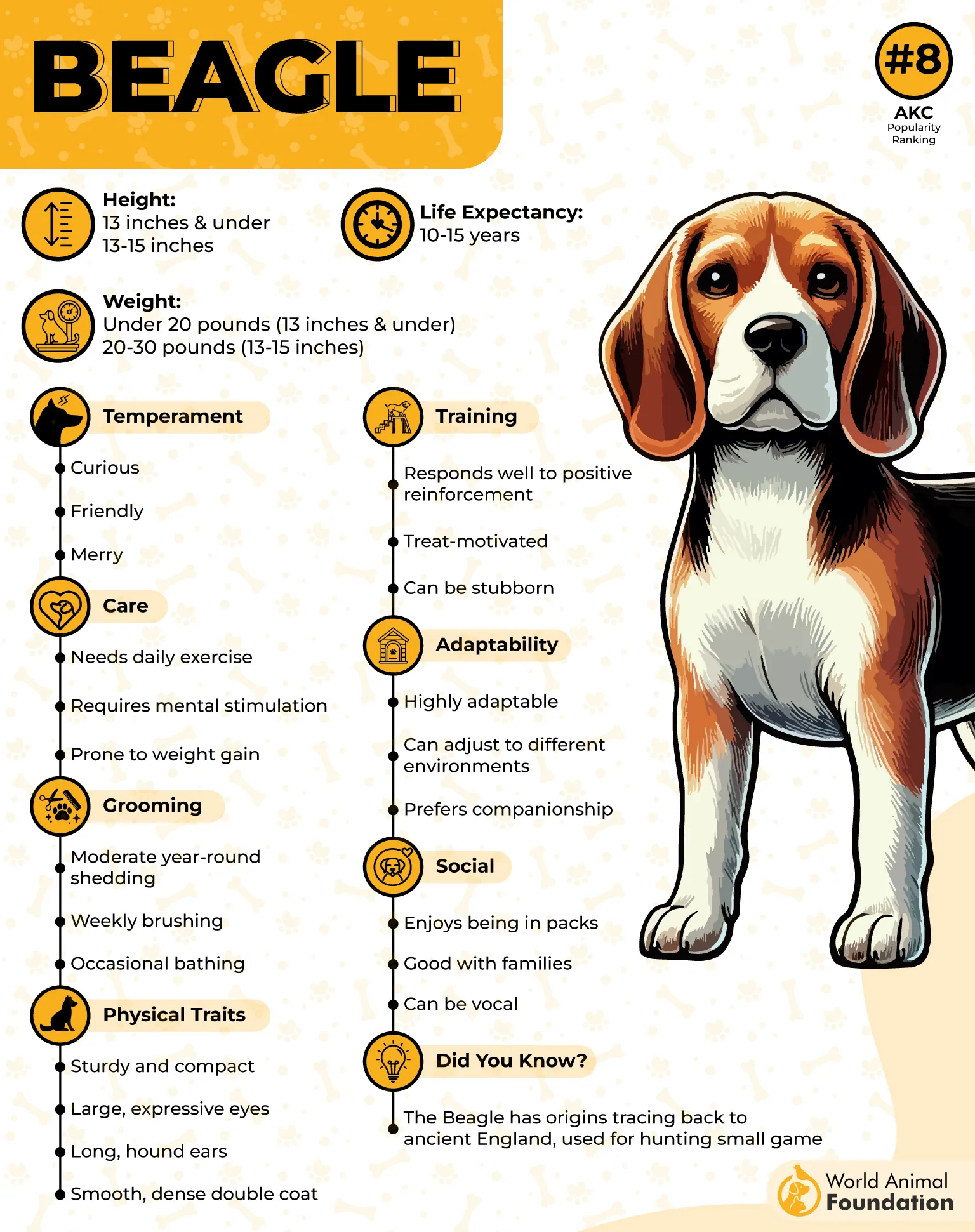
Stubborn Performers With Opinions
Beagles carry big personalities, often reacting to instructions with stubborn pauses, sidesteps, or long stares. They’ll pretend not to hear, look away dramatically, or sniff in circles just to delay a task.
Alert to Every Movement
Bred for scent detection, their strong sense of smell means they respond intensely to changes in their environment. One odd scent near the fence can trigger minutes of frantic barking. The drama isn’t just noise—it’s their reaction to every sensory detail.
8. Cocker Spaniel
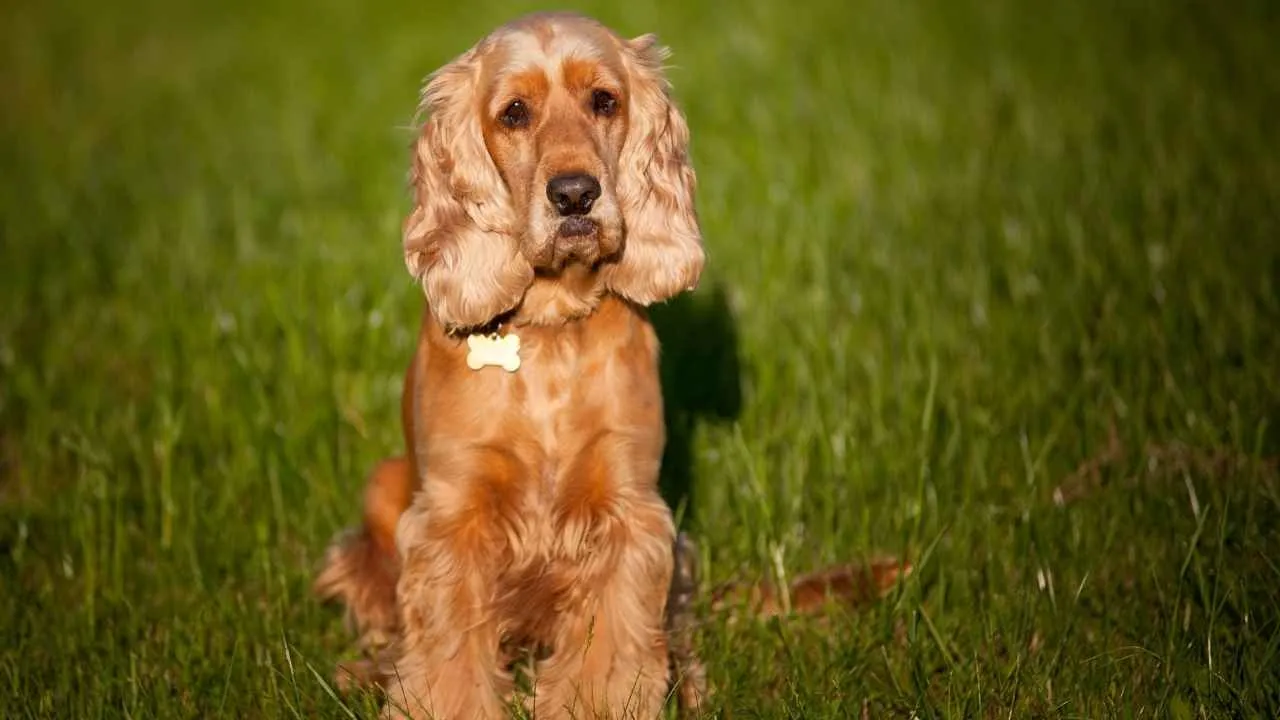
Cocker Spaniels often shift emotional gears quickly, especially when overstimulated or ignored. They may go from tail-wagging joy to sudden sulking with noticeable whines. This sensitivity, paired with strong vocal habits, makes them unpredictable during high-energy situations.
Reactions to Routine Changes
Even slight deviations in daily structure, like delayed meals, missed walks, can trigger dramatic pacing or attention-seeking sounds. Their expressive eyes seem to magnify frustration, especially when they’re waiting or confused. Some owners describe it as a “meltdown over nothing.”
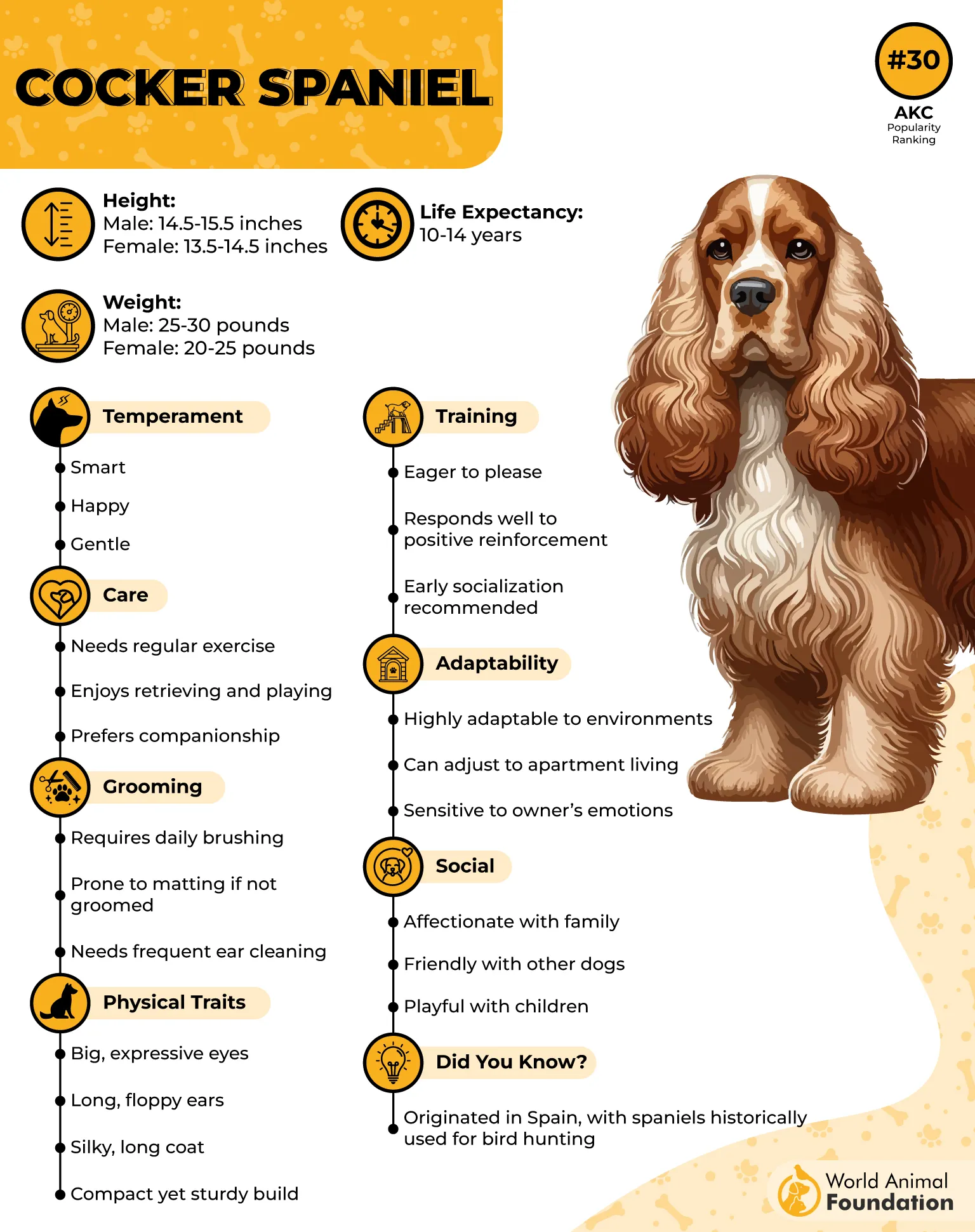
Bath Time Drama Experts
Many Cocker Spaniels resist water routines with noticeable flair: hesitant steps, wide stares, or drawn-out cries mid-soap. Their thick, silky coats require regular grooming, which often turns into a standoff. Their discomfort is loud, physical, and full of resistance.
Known for Emotional Dependency
This breed forms intense attachments, which lead to overreactions when separated or left out. They’ve been observed scratching at closed doors and vocalizing even when owners are just in another room. Their expressive personalities tend to heighten the emotional charge in quiet households.
9. Boxer
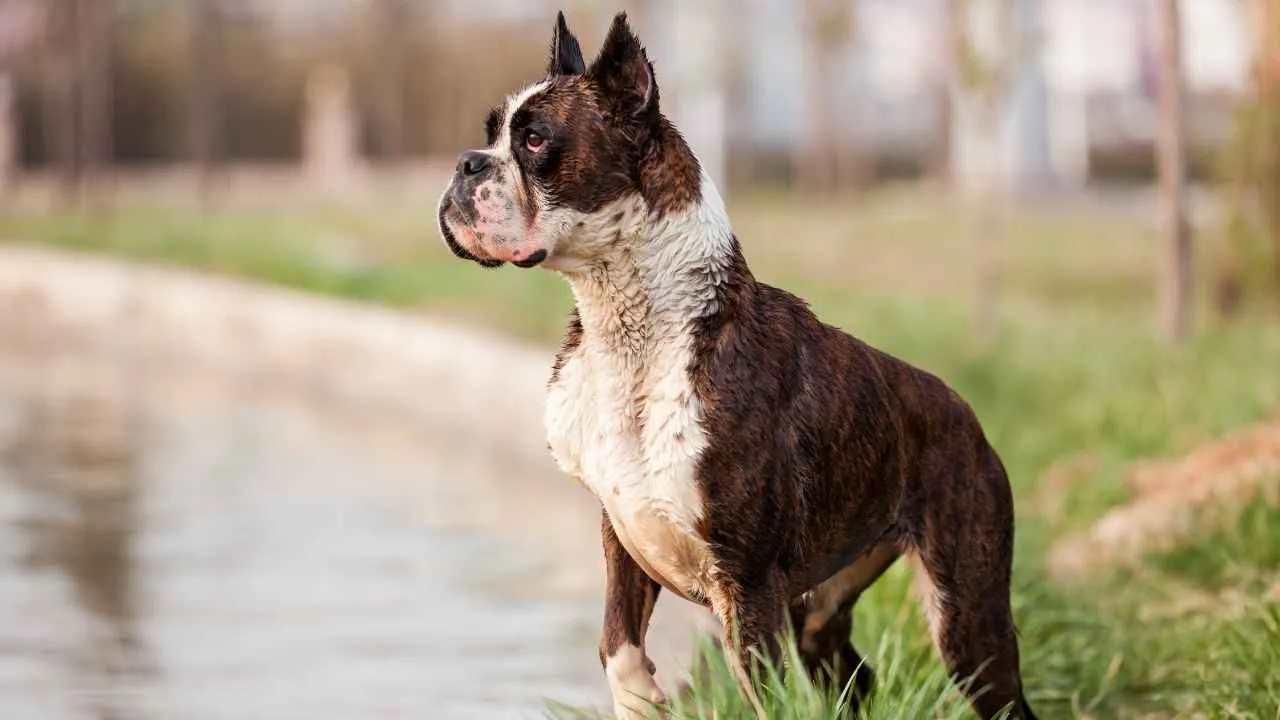
Boxers are famously physical communicators, using their entire body to express excitement, frustration, or anticipation. They’re known to “kidney bean”—twisting their body into a half-moon and spinning in circles when overly stimulated. Even their walk can turn into a bouncy, theatrical strut when they’re feeling playful.
Exaggerated Pouting and Sulking
When scolded or ignored, Boxers often retreat with drooped heads, turned backs, and long, sulky stares from the corner of the room. Some will even place a paw over their face or sigh audibly to show they’re displeased. It’s not subtle—they want you to notice their discontent.
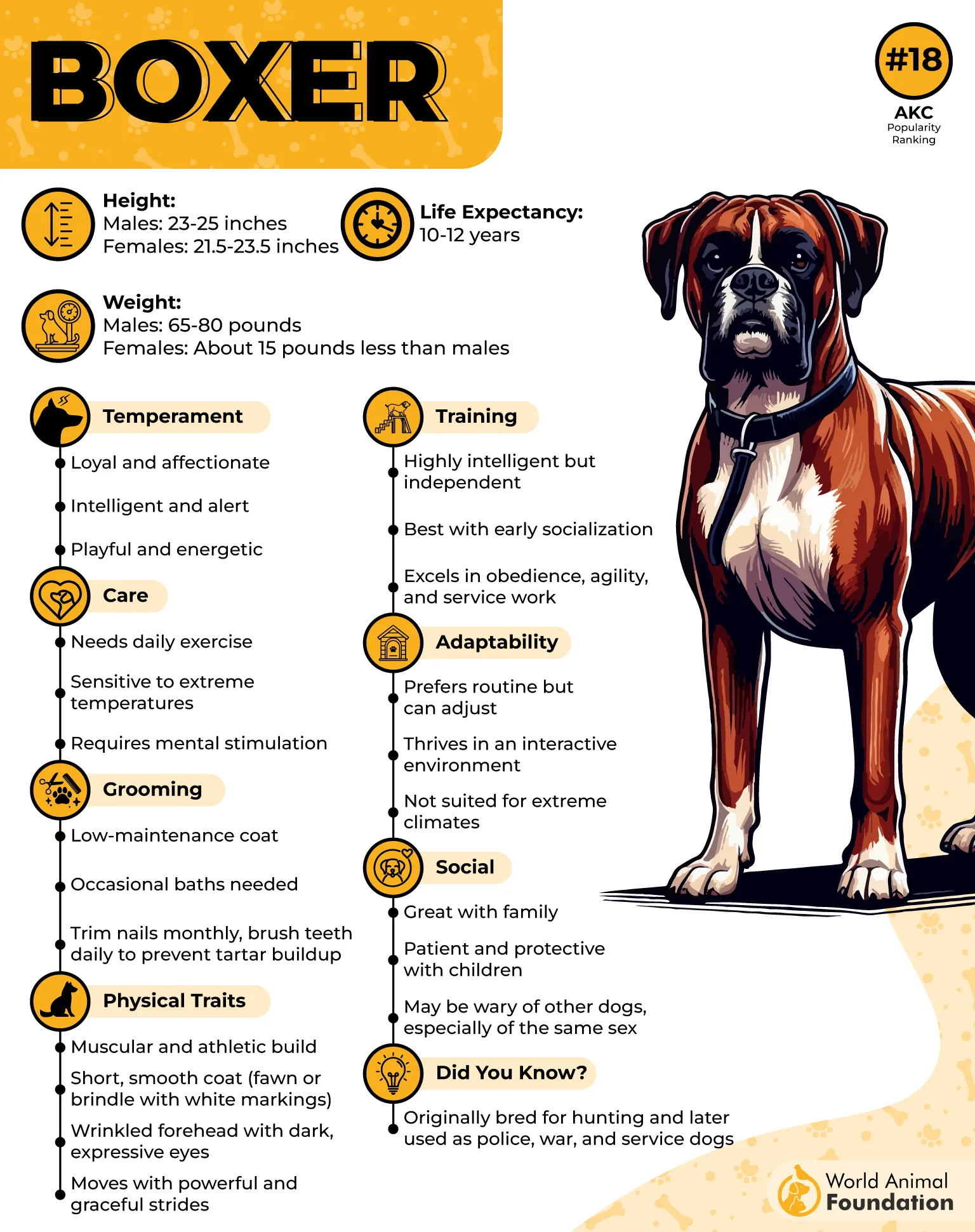
Overreacting With Purpose
Small interruptions, like being stopped mid-game or told to stay behind, can spark dramatic refusals. A Boxer may respond with stubborn freezing, wide-eyed looks, or loud vocal grunts that feel closer to protest than confusion. These reactions often escalate with repetition or routine change.
Naturally Theatrical Temperament
Their dramatic streak extends to how they play—leaping high into the air or diving into blankets with full momentum. Even when resting, they’ll shift positions loudly, groaning as they settle. This level of physical expression isn’t nervous energy—it’s just how they experience the world.
Conclusion
Some dogs are born with a quiet charm—but others? They live for the spotlight. These dramatic dog breeds don’t just react; they deliver full performances with every sigh, bark, and spin.
In the dog world, they stand out not only for their expressive nature but also for their ability to turn everyday moments into extraordinary performances.
Whether it’s a tiny dog protesting bedtime or a larger breed flopping down in theatrical despair, the drama is real—and often hilarious. If you’ve got one of the biggest drama queen breeds at home, you already know: life with them is never boring.


